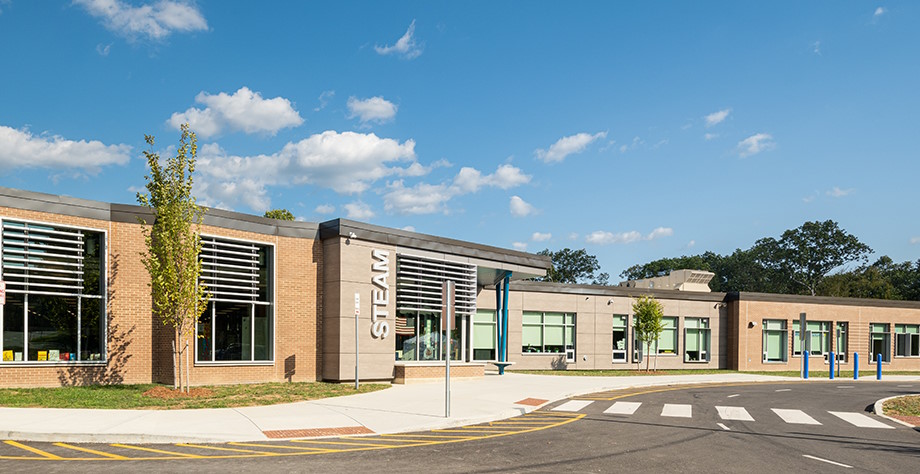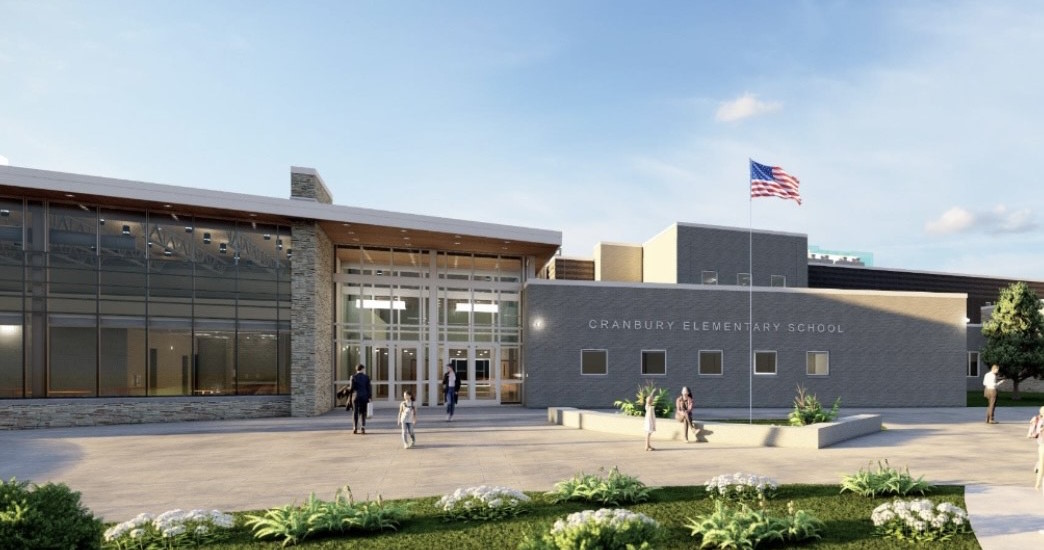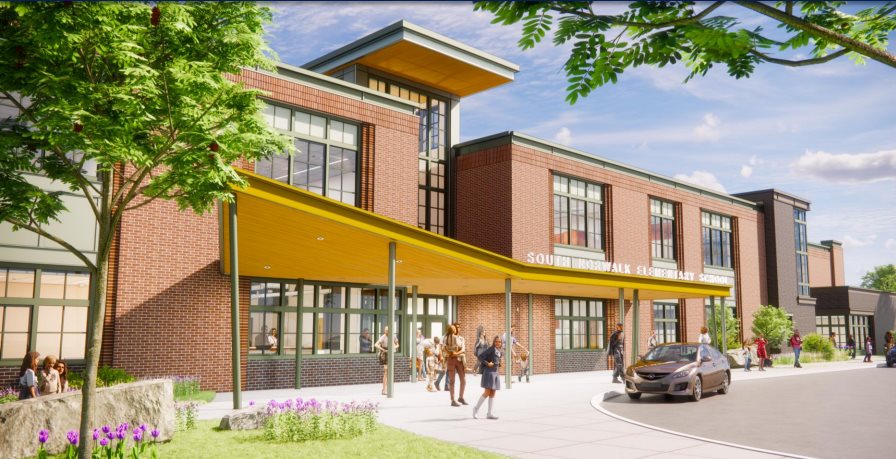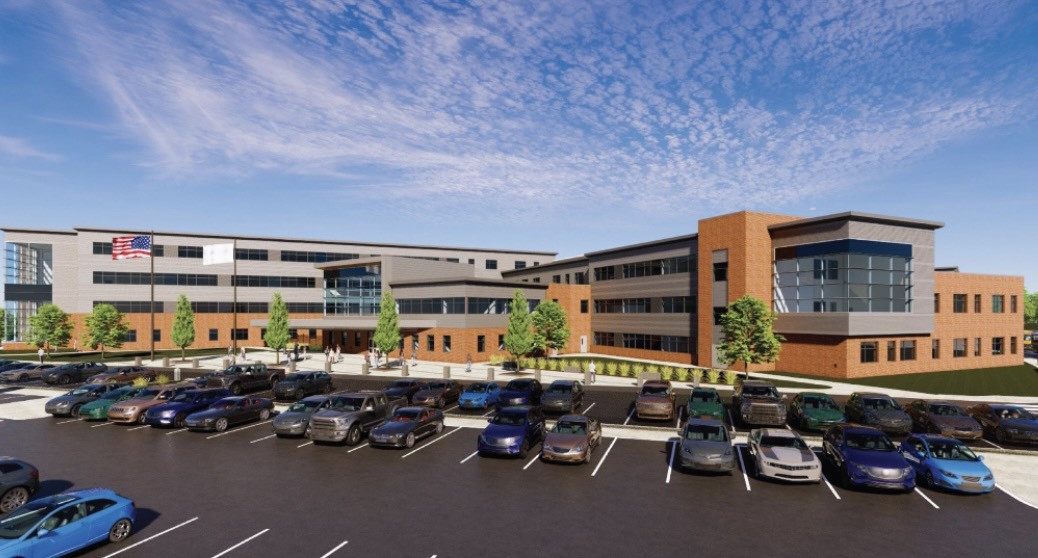A Fiscally Responsible City
The City has established itself as a financially responsible city by maintaining a strong fiscal position by focusing on maintaining:
- A Balanced Budget: The City operates with a balanced budget and maintains healthy reserve funds to cover unexpected expenses. Additionally, the City has demonstrated a commitment to responsible borrowing and spending, prioritizing investment in infrastructure and services that provide long-term benefits to its residents.
- Transparency and Accountability: Norwalk practices transparency in its financial management by providing regular updates and reports to its residents, including detailed financial statements and budget documents.
- Economic Growth and Development: The City has policies in place to promote economic growth and development to support local businesses and attract new businesses.


Fiscal Year Operating Budgets
The Operating Budget is a comprehensive financial plan that outlines the anticipated revenues and projected expenditures for each fiscal year. It is a critical tool for the City to allocate resources efficiently and responsibly, prioritize services, and ensure that Norwalk operates effectively while fulfilling its obligations to the community. The components of the Operating Budget include revenue sources, expenditures, personnel costs, and operating expenses.
For additional information: Operating and Capital Budgets
Rainy Day Fund (Million)
The Rainy Day Fund is a financial reserve set aside by the City of Norwalk to provide a cushion during unexpected economic downturns or emergencies as needed. The purpose of the Rainy Day Fund is to maintain fiscal stability during periods of revenue shortfalls, economic recessions, natural disasters, or any other unforeseen events that may impact Norwalk's financial health. By having a strong reserve fund, the City of Norwalk can continue to provide essential services and meet its financial obligations without relying solely on raising taxes or cutting services when faced with unexpected challenges.
The City of Norwalk's consistently strong Rainy Day Fund is a contributing factor as to why in 2023, all three major rating agencies, Moody's Investors Service, S&P Global Ratings and Fitch Ratings reaffirmed Norwalk's 'AAA' bond rating with a stable outlook for the 23rd year in a row. The 'AAA' ratings from these three major credit rating agencies represent the highest possible ratings that can be awarded at the municipal level.
Note: This chart reflects fiscal year data.
Operating Budget for Norwalk Public Schools
The operating budget for Norwalk Public Schools refers to the detailed financial plan outlining the essential expenditures required to run the school district in Norwalk. This budget encompasses costs such as teacher salaries, classroom supplies, maintenance, and other operational expenses, ensuring the smooth functioning of the schools within the district. It is developed based on available revenue sources and educational priorities, with the aim of providing quality education while managing resources efficiently.
The General Fund comprises the general-purpose functions of the Board of Education. It is the primary operating fund and accounts for over 85.0% of total Board of Education spending.
Recent Major School Construction Projects Underway or Complete
Grand List
The Grand List is a comprehensive inventory or record of all taxable real property, personal property, and motor vehicles within a specific municipality. It is a crucial component of the local government's property tax assessment system, providing a detailed listing of taxable assets and their respective assessed values. The Grand List is essential for calculating property taxes and generating revenue to support various municipal services and projects. The key components are Real Property (land, buildings, houses, commercial properties, and industrial facilities) and Personal Property (motor vehicles, machinery, equipment, furniture, and other personal or business assets).
For additional information: Municipal Grand List (ct.gov)
Note: This chart reflects fiscal year data.
Conveyance Taxes
Conveyance taxes play an important role in supporting a city's financial health and promoting a stable and equitable real estate market. Conveyance taxes, also known as transfer taxes, are fees that are typically imposed on the transfer of real property from one owner to another. These taxes are usually calculated as a percentage of the property's sale price, and they can provide a significant source of revenue for the City of Norwalk.
Since conveyance taxes are typically based on a percentage of the property's sale price, they tend to be more progressive than flat-rate taxes, providing a more equitable way of raising revenue, as they place a more significant burden on those with more expensive properties.
Real Estate Conveyance Tax by Town
Note: This chart reflects current year-to-date data.
Tax Collection Rate
The tax collection rate directly impacts the revenue available to the City for providing essential services and infrastructure development. A higher tax collection rate helps ensure a municipal government can meet its financial obligations and adequately fund public services, including education, healthcare, public safety, and transportation, benefiting the entire community.
Note: This graph shows current tax collections as a percentage of the adjusted current tax levy. This data does not include back taxes, interest, sewer use charges, IPP fees or other fees collected.
Note: This chart reflects fiscal year data.
Number of Parcels by Category
Maintaining a balanced residential and commercial ratio in a city is crucial for fostering a thriving local economy. A diverse mix of residential and commercial properties helps ensure stable revenue streams, job opportunities, and economic growth. It facilitates urban planning and zoning, optimizing the use of space and resources to benefit residents and businesses. Moreover, a balanced ratio helps create vibrant communities with access to essential services, amenities, and recreational areas, enhancing residents' overall quality of life.
Note: This chart reflects current year-to-date data.
Land Recordings
Land recordings are essential for maintaining transparency and ensuring a clear and accurate history of property transactions. They provide a valuable resource for property buyers, sellers, lenders, title companies, and other stakeholders involved in real estate transactions. Additionally, these records play a critical role in resolving property disputes and establishing property rights.
Land recordings include property sales, transfers, and quitclaim deeds.
- Property Sales: When a real estate property is sold, the details of the sale, including the buyer, seller, purchase price, and other relevant information, are recorded as part of the land records. This information helps establish the chain of ownership and provides crucial data for property valuation and market analysis.
- Transfers: Apart from traditional property sales, land recordings also encompass various types of property transfers, such as inheritances, gifts, and exchanges. These transfers are documented to ensure legal clarity and to maintain accurate records of ownership changes.
- Quitclaim Deeds: A legal document that transfers the ownership interest of one party (the grantor) to another party (the grantee). Quitclaim deeds are also recorded as part of the land records to establish changes in property ownership.
Note: This chart reflects current year-to-date data.
Number of Land Use Planning and Zoning Permits
Land Use Planning and Zoning permits reflect the level of development activity within the City, providing insight into its growth and economic vitality. The permits help ensure that development activities adhere to zoning regulations and building codes, promoting safe urban development. Monitoring these permits helps city authorities plan infrastructure improvements and public service allocations.
Note: This chart reflects current year-to-date data.
Total Construction Permit Values (Million)
Total construction permit values are crucial for Norwalk as they provide a clear measure of the City's economic vitality and growth potential. By monitoring permit values, city officials can gain valuable insights into the demand for construction projects, helping them plan and allocate resources effectively. These values also serve as an indicator of the housing market dynamics, allowing policymakers to identify trends and address housing needs in a timely manner.
Note: This chart reflects fiscal year data.
Total Permits Issued
Building permits ensure that construction projects in a city meet local building codes and safety standards, which helps protect the community's health and well-being. By requiring building permits, cities can regulate the type, size, and location of construction projects, which can help to maintain the character and quality of neighborhoods and commercial areas. Building permits also generate revenue for the City through fees and taxes, which can be used to fund public services and infrastructure projects. Building permits provide a record of construction activity for planning and future development initiatives.
*Other permits include electric, mechanical, tents, signs, and demolition permits.
For additional building information:
Note: These charts reflect current year-to-date data.




